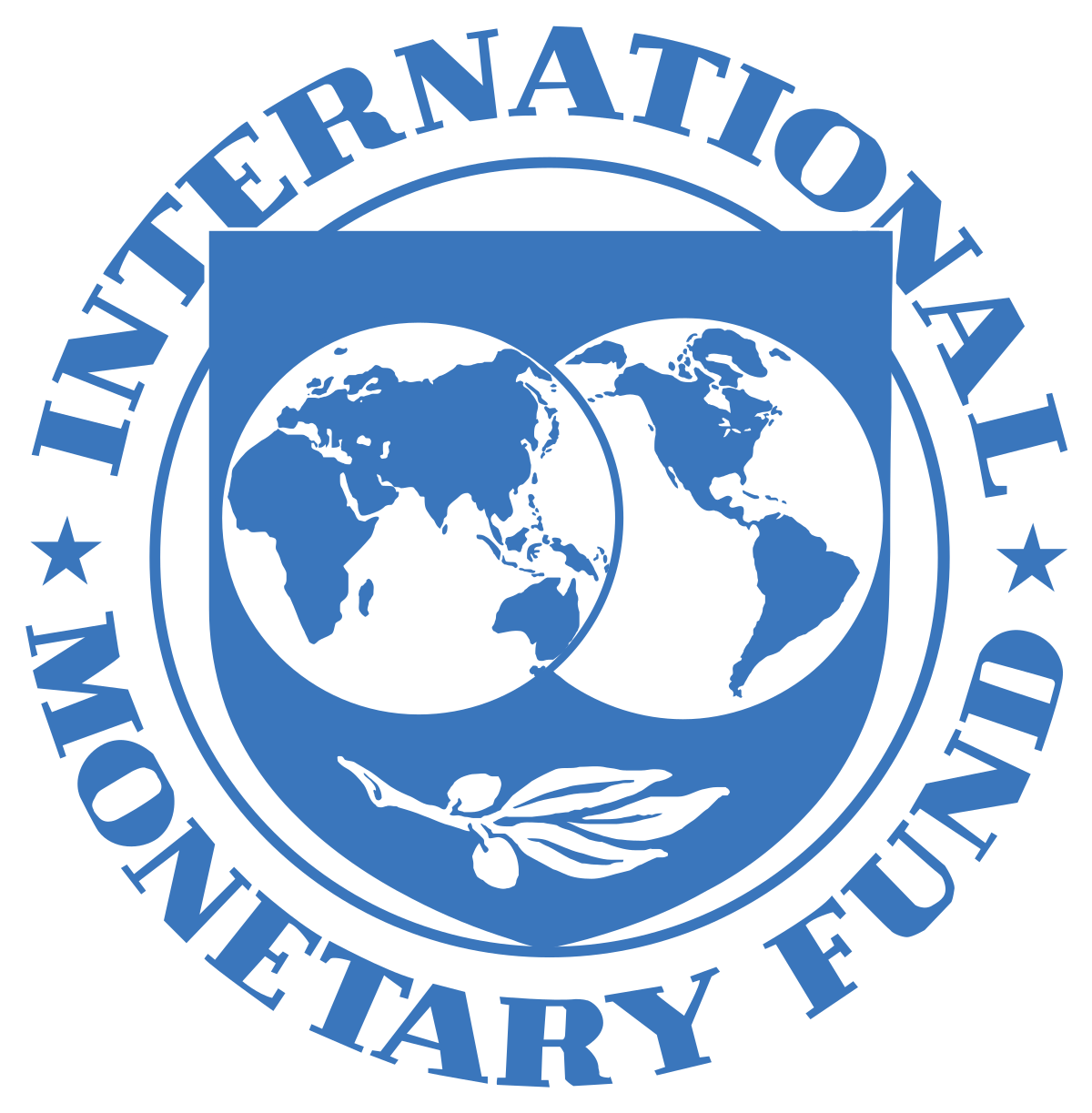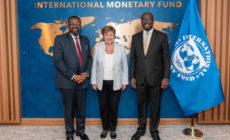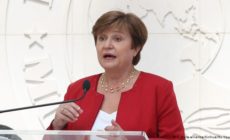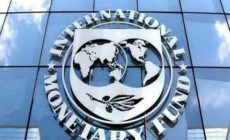Sub-Saharan Africa faces difficult road to recover from Covid – IMF
- Posted on
- Comment

Covid-19 threatens to undo years of progress in sub-Saharan Africa, the International Monetary Fund (IMF) has said.
The Bretton Woods institution added that the region faces a difficult road to recovery.
The IMF says it is supporting countries in the region by rapidly deploying extraordinary emergency financing – and stands ready to do more.
In its regional outlook report, the IMF said sub-Saharan Africa is contending with an unprecedented health and economic crisis—one that, in just a few months, has jeopardized years of hard-won development gains and upended the lives and livelihoods of millions.
“The onset of the pandemic was delayed in sub-Saharan Africa, and infection rates have been relatively low compared with other parts of the world.
“However, the resurgence of new cases in many advanced economies and the specter of repeated outbreaks across the region suggest that the pandemic will likely remain a very real concern for some time to come.
“Nonetheless, amid high economic and social costs, countries are now cautiously starting to reopen their economies and are looking for policies to restart growth.
“With the imposition of lockdowns, regional activity dropped sharply during the second quarter of 2020, but with a loosening of containment measures, higher commodity prices, and easing financial conditions, there have been some tentative signs of a recovery in the second half of the year.”
The report added: “Overall, the region is projected to contract by –3.0 percent in 2020. The largest impact of the crisis on growth has been for tourism-dependent economies, while commodity-exporting countries have also been hit hard. Growth in more diversified economies will slow significantly, but in many cases will still be positive in 2020.
“Looking ahead, regional growth is forecast at 3.1 percent in 2021. This is a smaller expansion than expected in much of the rest of the world, partly reflecting sub-Saharan Africa’s relatively limited policy space within which to sustain a fiscal expansion. Key drivers of next year’s growth will include an improvement in exports and commodity prices as the world economy recovers, along with a recovery in both private consumption and investment.
“The current outlook is subject to greater-than-usual uncertainty and hinges on both the persistence of the COVID-19 shock, the availability of external financial support, and the availability of an effective, affordable, and trusted vaccine. Other risks include political instability or the return of climate-related shocks, such as floods or droughts.
“On policies, where the pandemic continues to linger, the priority remains to save lives and protect livelihoods.”
By Laud Nartey










 (Selorm) |
(Selorm) |  (Nana Kwesi)
(Nana Kwesi)